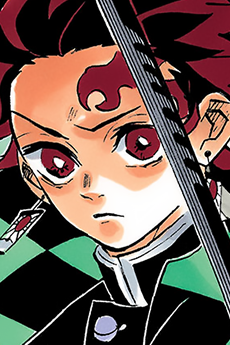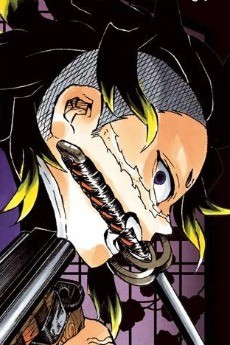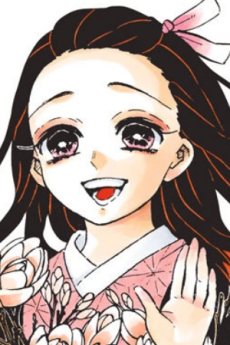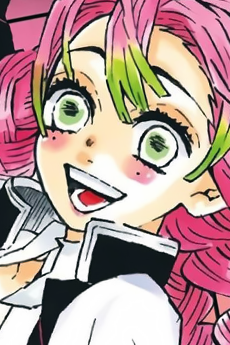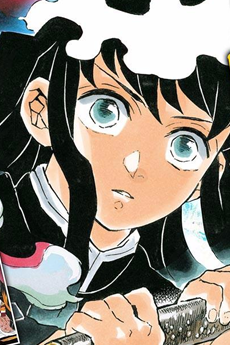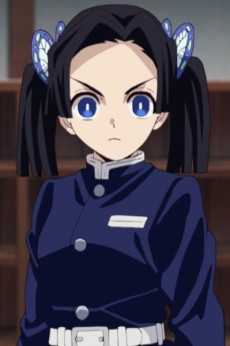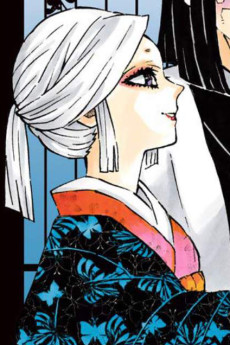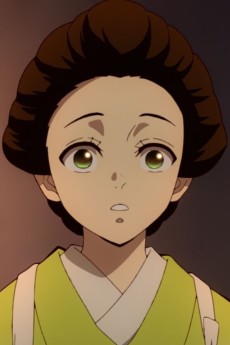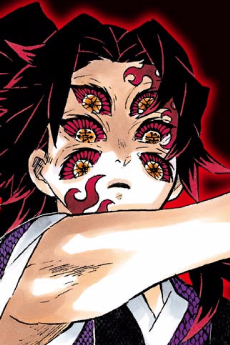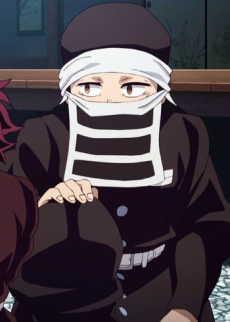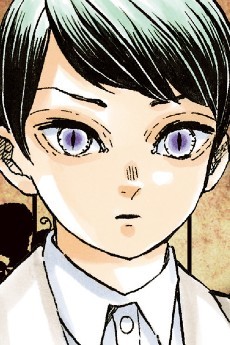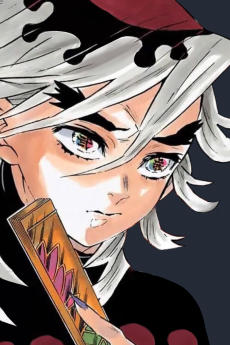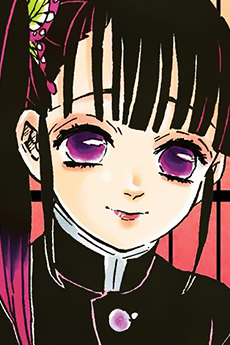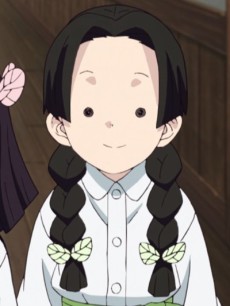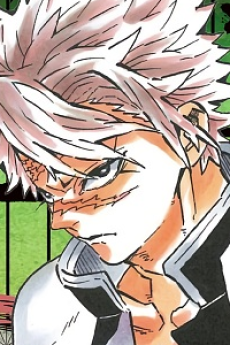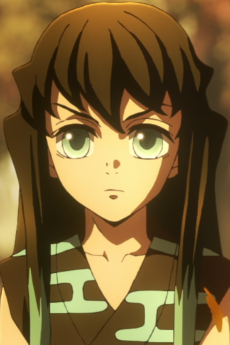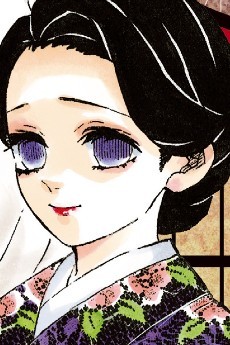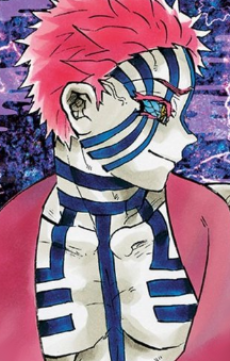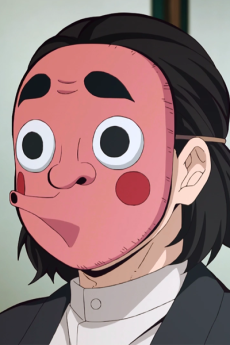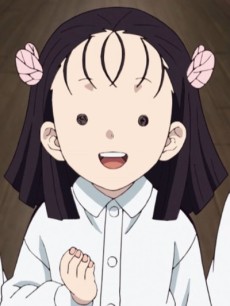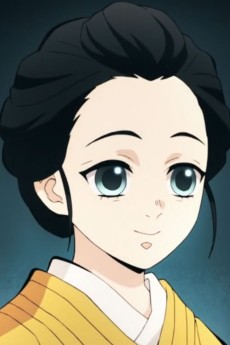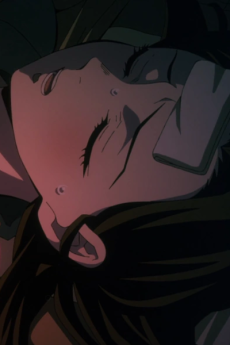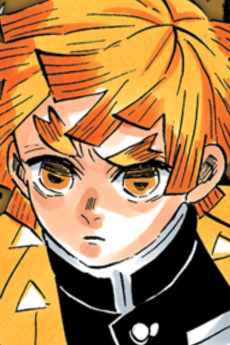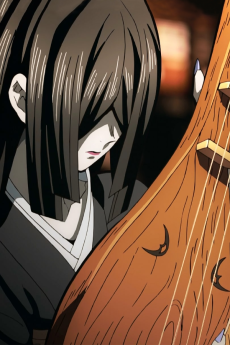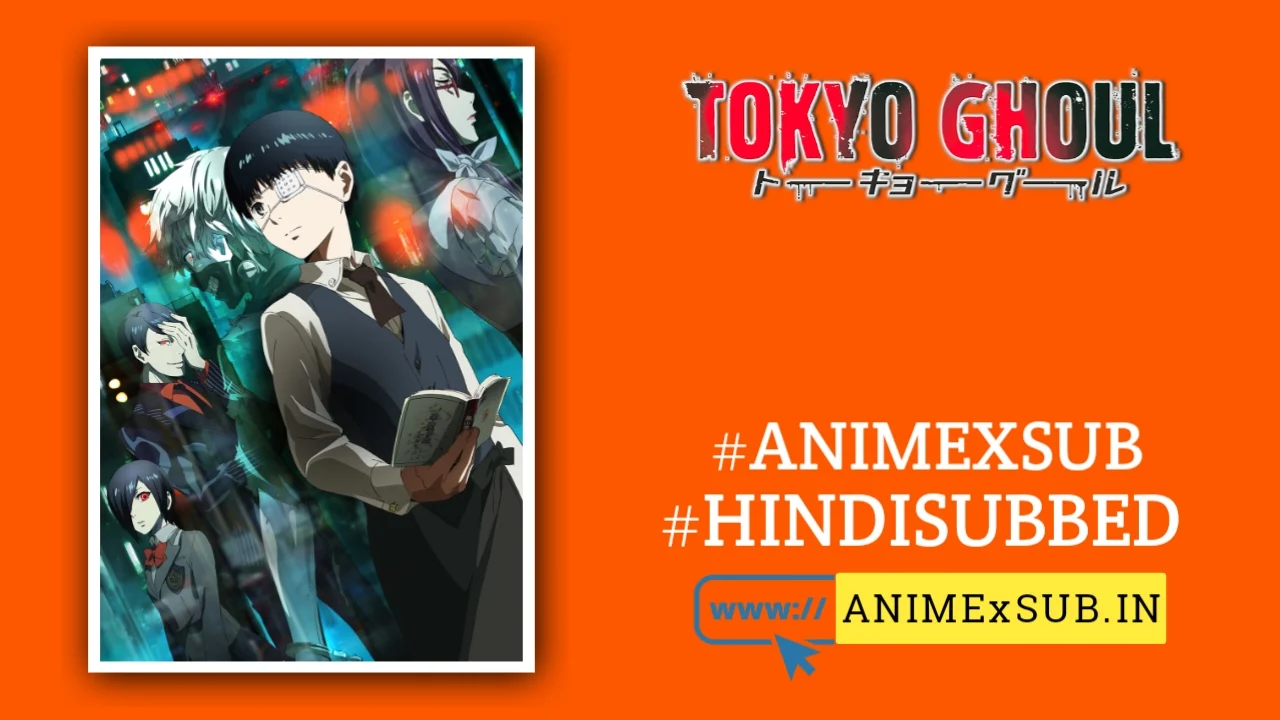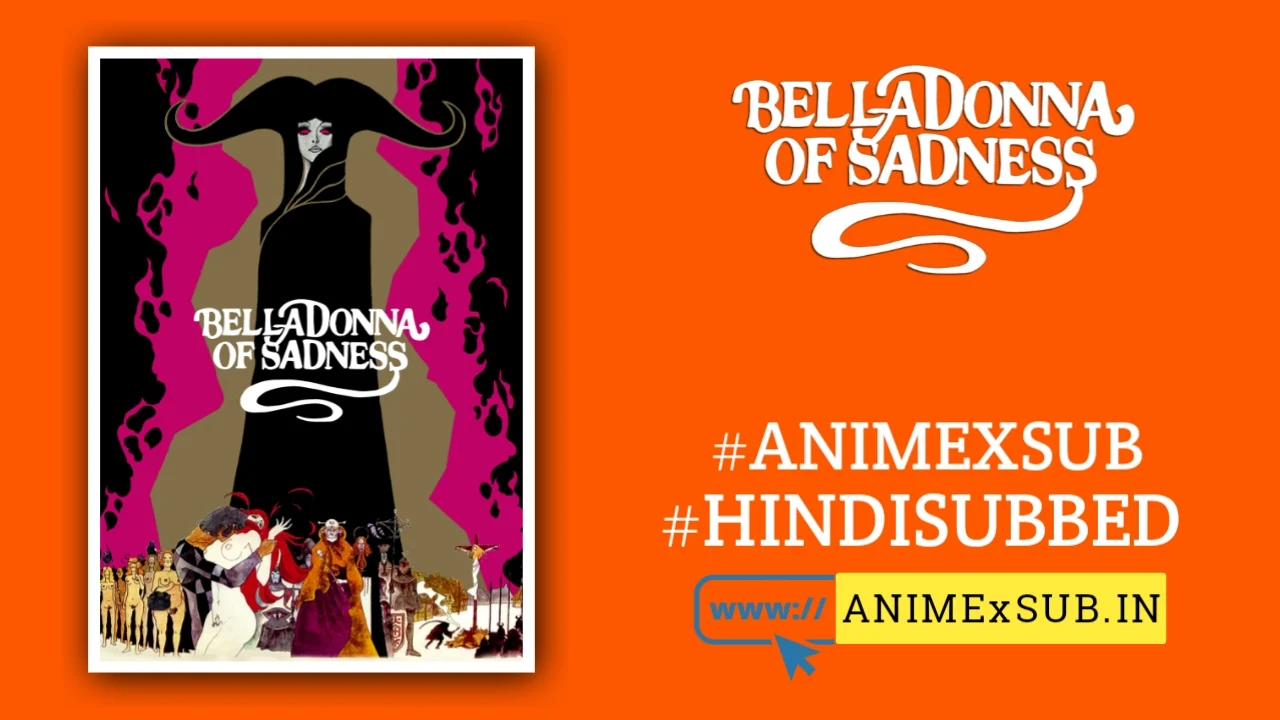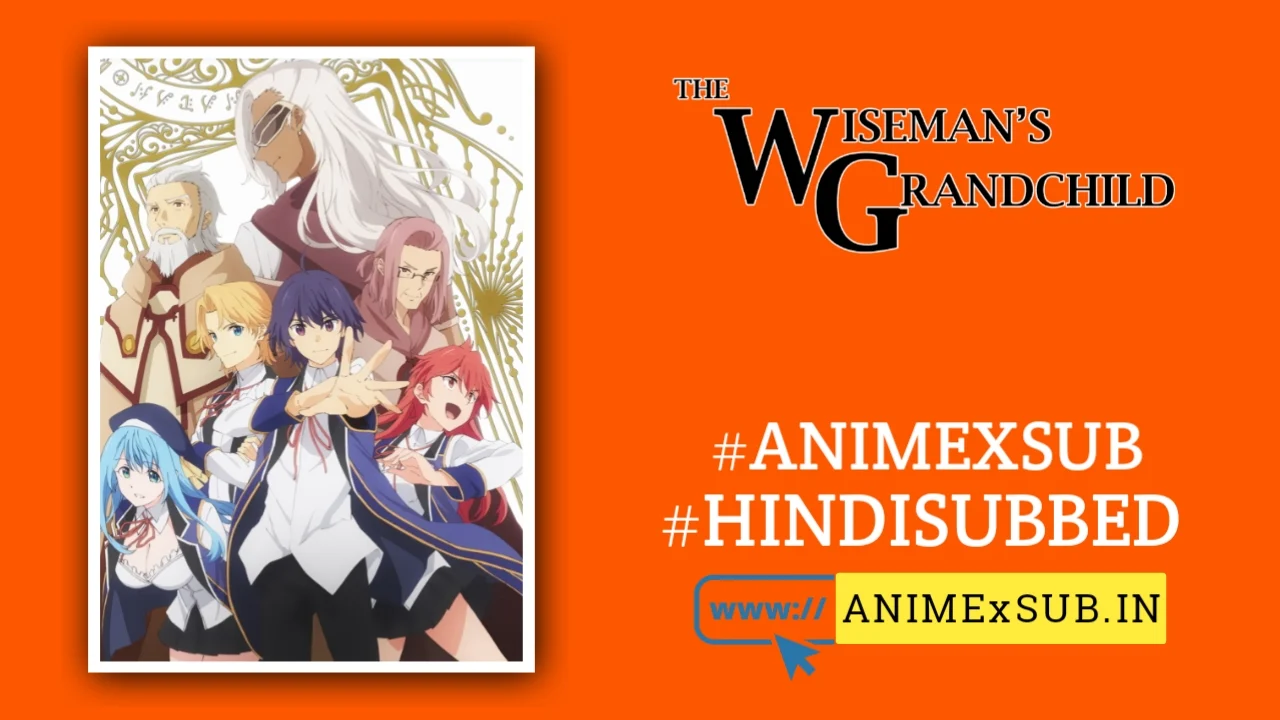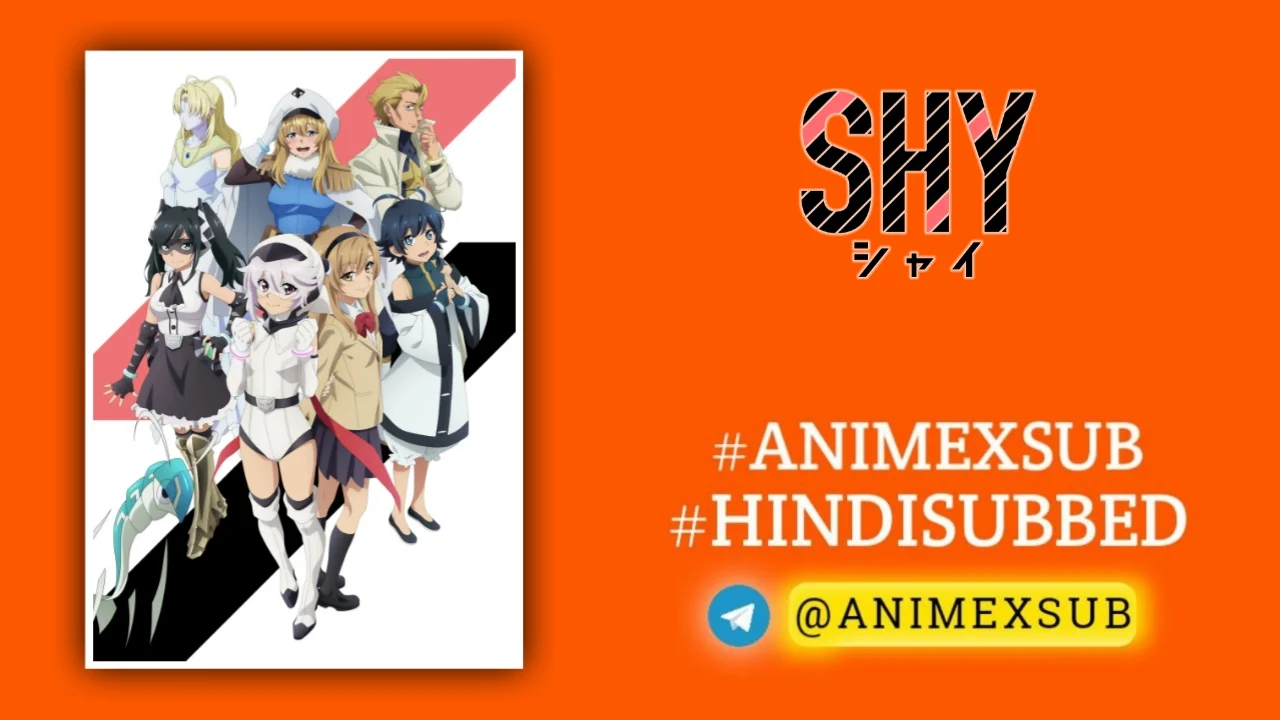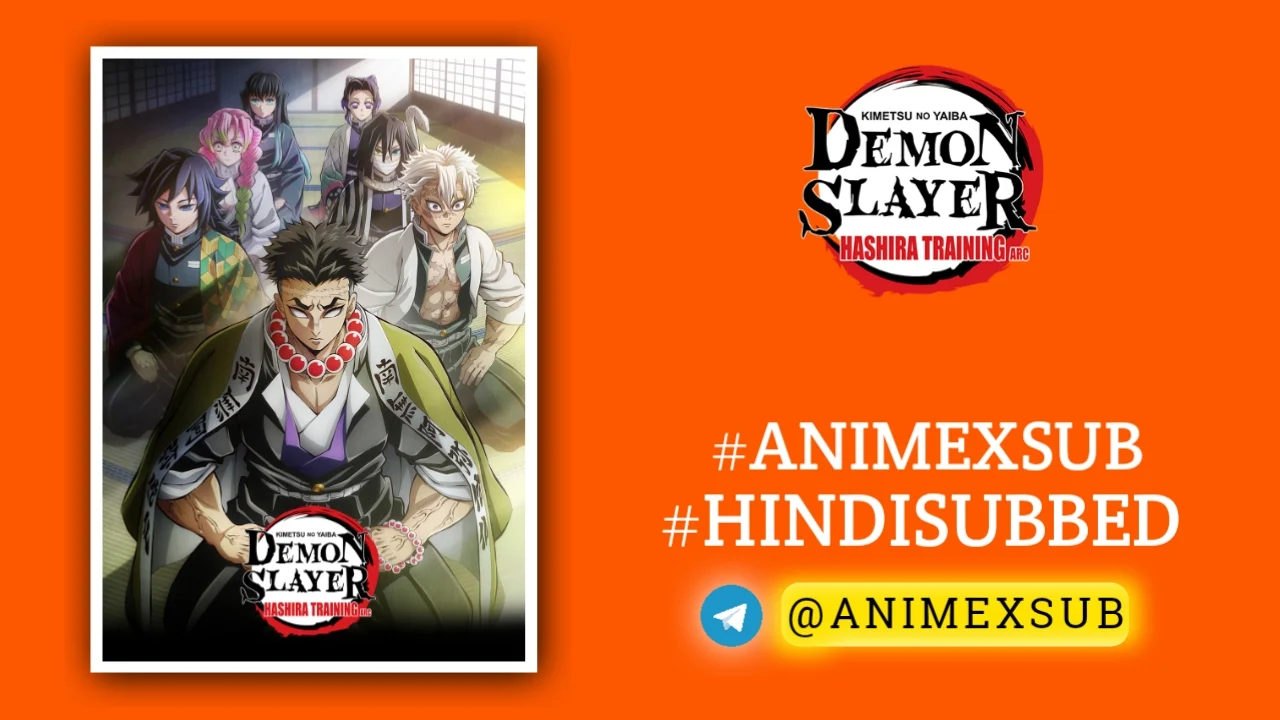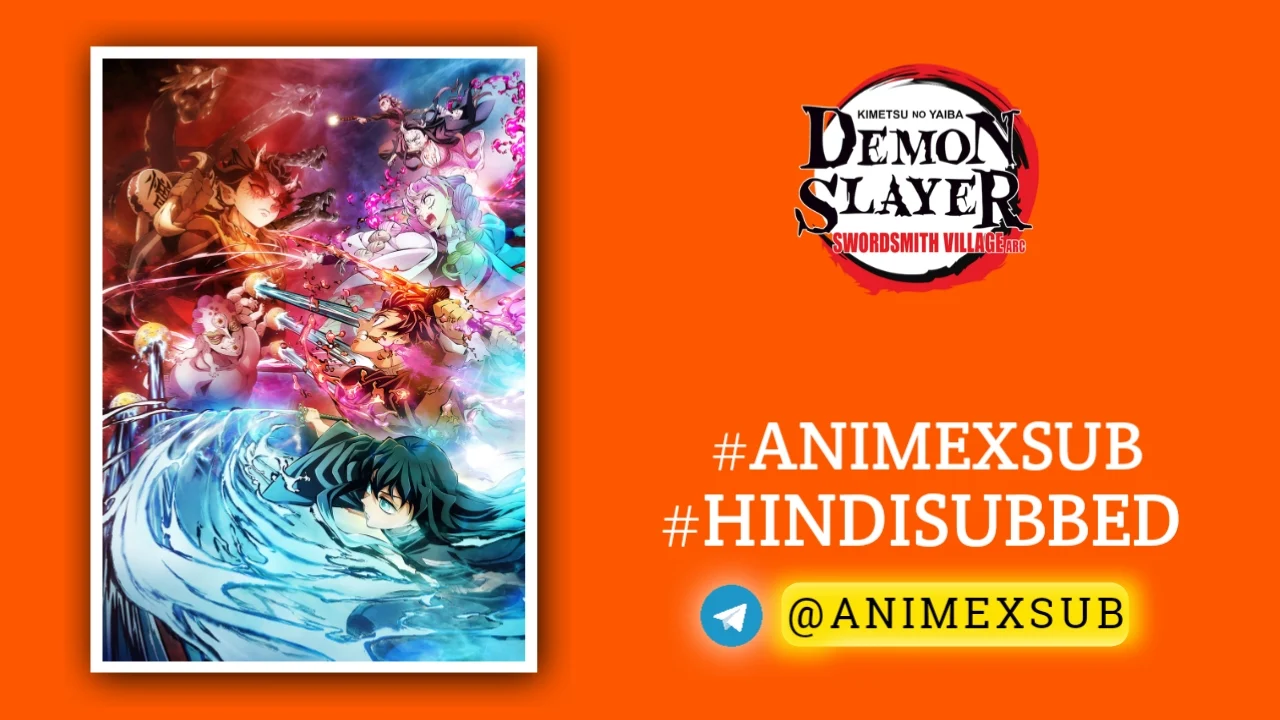
Demon Slayer Season 3: Swordsmith Village Arc Hindi Subbed [11/11] {Complete}
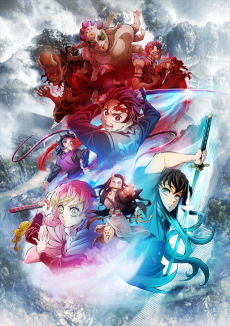
Kimetsu no Yaiba: Katanakaji no Sato-hen
Demon Slayer: Kimetsu no Yaiba Swordsmith Village ArcSynopsis
Adaptation of the Swordsmith Village Arc. Tanjiro’s journey leads him to the Swordsmith Village, where he reunites with two Hashira, members of the Demon Slayer Corps’ highest-ranking swordsmen - Mist Hashira Muichiro Tokito and Love Hashira Mitsuri Kanroji. With the shadows of demons lurking near, a new battle begins for Tanjiro and his comrades. Notes: • The first episode has a runtime of ~49 minutes, and received an early premiere in cinemas worldwide as part of a special screening alongside the final two episodes of Kimetsu no Yaiba: Yuukaku-hen. • The final episode has a runtime of ~52 minutes.
Watch Trailer
Characters
Demon Slayer: Kimetsu no Yaiba Season 3 – A Visual Spectacle Marred by Pacing Pitfalls
Demon Slayer: Kimetsu no Yaiba has carved an indelible mark on the anime landscape, skyrocketing from Koyoharu Gotouge’s sleeper-hit manga to a global phenomenon, thanks to studio ufotable’s breathtaking animation. Season 3, adapting the Swordsmith Village Arc, continues the series’ tradition of stunning visuals and emotional resonance but stumbles in its pacing and narrative focus, leaving fans with a polarizing experience. This review delves into the arc’s highs and lows, offering a fresh perspective on its strengths, weaknesses, and what it means for the series’ future.
A Strong Start with High Stakes
The Swordsmith Village Arc begins with a gripping premiere, an hour-long episode that sets the stage for a high-stakes conflict. The opening 17 minutes are a masterclass in world-building, introducing the remaining Upper Rank demons in the eerie Infinity Castle—a labyrinthine, M.C. Escher-inspired setting that pulses with tension. Each demon, designed by Akira Matsushima, boasts unique aesthetics and personalities, from the unsettling Gyokko to the multifaceted Hantengu. This sequence not only recaps the fallout from Season 2’s Entertainment District Arc, where an Upper Rank demon was slain for the first time in over a century, but also escalates the narrative by showcasing Muzan Kibutsuji’s growing desperation. The stakes feel tangible, with the demons now on the offensive, driven by a mix of fear and ambition.
The premiere also establishes the arc’s central setting: the hidden Swordsmith Village, where Tanjiro Kamado journeys to repair his battered Nichirin Blade. The village’s mystique, coupled with the introduction of new characters like the Mist Hashira Muichiro Tokito, Love Hashira Mitsuri Kanroji, and the enigmatic Genya Shinazugawa, promises a fresh dynamic. The absence of Zenitsu and Inosuke, often divisive for their comedic antics, is a bold choice that initially feels refreshing, allowing Tanjiro and Nezuko to take center stage alongside the Hashira.
Visual Brilliance: Ufotable’s Unmatched Craft
If there’s one undeniable triumph in Season 3, it’s ufotable’s animation. The studio continues to push boundaries, delivering some of the most visually arresting sequences in modern anime. The Swordsmith Village itself is a feast for the eyes, with lush forests, misty landscapes, and intricate details in the swordsmiths’ craft. Fight scenes are a highlight, particularly those involving Mitsuri’s whip-like Nichirin Blade and Genya’s unconventional demon-slaying gun, which add flair to the action choreography. The climactic battle against Hantengu’s clones, especially Zohakuten, is a visual tour de force, blending vibrant colors, dynamic camera work, and a haunting score punctuated by biwa music.
The season’s finale, an extended episode, is a testament to ufotable’s ability to elevate source material. Nezuko’s pivotal moment—her newfound immunity to sunlight and partial restoration of speech—is rendered with emotional weight, amplified by a stirring soundtrack and impeccable voice acting. Fans on platforms like X lauded this episode, with some calling it a “10/10” for its bittersweet resolution and production quality.
Narrative Stumbles: Pacing and Filler Woes
Despite its visual splendor, Season 3 falters in its storytelling. The arc, spanning 11 episodes, dedicates roughly 90% of its runtime to a single, protracted battle against Upper Ranks Four (Hantengu) and Five (Gyokko). While the manga’s brisk pacing kept this arc concise, ufotable’s adaptation stretches it to the point of exhaustion. The fights, though visually spectacular, fall into a repetitive cycle: moments of triumph are undercut by the villains’ regenerating forms, diminishing the impact of each climax. Critics have likened this to the “filler” era of ‘90s anime, a term once synonymous with creative stagnation.
The insertion of frequent flashbacks, particularly for new characters like Muichiro, Mitsuri, and Genya, disrupts the narrative flow. While these backstories aim to flesh out their motivations—Muichiro’s tragic past and Mitsuri’s struggle with societal expectations are compelling—they often feel awkwardly timed, halting the momentum of battles. Tanjiro’s empathy, a cornerstone of his character, is also underutilized. His tendency to pause mid-fight to reflect on the demons’ humanity feels formulaic here, lacking the emotional depth seen in earlier seasons.
Moreover, the arc’s brevity in the manga (a mere 11 chapters) makes its expansion into a full season feel unwarranted. Some fans on X and Reddit expressed disappointment, noting that the fights lacked the intensity of the Entertainment District Arc and that the Upper Moons felt less threatening than predecessors like Gyutaro and Daki. Muichiro’s solo defeat of Gyokko, in particular, raised eyebrows, as it seemed implausible given the struggles of stronger Hashira like Rengoku and Tengen in prior arcs.
Character Dynamics: Hits and Misses
Season 3 introduces compelling new characters but struggles to integrate them effectively. Mitsuri Kanroji, the Love Hashira, is a standout, her bubbly personality and unique fighting style injecting much-needed energy. Her backstory, exploring her efforts to embrace her strength despite societal pressures, resonates deeply and adds a layer of relatability to the Hashira roster. Genya Shinazugawa, with his gruff demeanor and unconventional combat methods, also intrigues, though his development feels rushed. Muichiro Tokito, the Mist Hashira, is a mixed bag—his aloofness and prodigious skill are captivating, but his arc resolves too quickly, undermining the weight of his growth.
Nezuko’s development is a highlight, with her sunlight immunity marking a turning point in the series’ mythology. However, her limited screen time outside the finale feels like a missed opportunity, especially given her narrative importance. Tanjiro, while still a heartwarming protagonist, loses some of his shine in action-heavy moments, where his kindness feels overshadowed by the need to deliver epic battles.
Thematic Depth: Art and Sacrifice
One of Season 3’s underappreciated strengths is its thematic focus on art and craftsmanship. The Swordsmith Village Arc explores the idea of legacy through the lens of the swordsmiths, whose meticulous work contrasts with the demons’ pursuit of eternal life. This theme ties into Tanjiro’s journey, as he grapples with the impermanence of his own efforts against immortal foes. However, this thread is often drowned out by the relentless action, leaving it underdeveloped.
The arc also touches on sacrifice, a recurring motif in Demon Slayer. Tanjiro and his allies face grueling choices, and Nezuko’s climactic moment underscores the personal costs of their fight. Yet, the repetitive fight structure dilutes these emotional beats, making them feel less earned than in previous seasons.
Fan and Critic Reactions
Fan sentiment, as seen on X and review platforms, is divided. Some praised the animation and emotional payoff, with posts calling the finale “beautifully produced” and a “well-executed conclusion.” Others, however, criticized the pacing, with one user lamenting the “disorganized” storyline and cliché moments. Reviewers echoed this, with IGN noting that the season’s “repetitive and overly long fight scenes” bogged down an otherwise visually stunning arc. Reddit threads highlighted specific grievances, such as the perceived weakness of the Upper Moons and the lackluster humor, though many still lauded ufotable’s production quality.
Final Verdict: A Mixed Bag with Moments of Brilliance
Demon Slayer: Kimetsu no Yaiba Season 3 is a paradox—a visually dazzling spectacle that struggles to maintain narrative momentum. Ufotable’s animation remains a benchmark for the industry, and moments like Nezuko’s transformation and Mitsuri’s battles are unforgettable. However, the overstretched fights, misplaced flashbacks, and uneven pacing prevent the arc from reaching the heights of its predecessors. For fans of the series, it’s a worthwhile watch for its production values and key developments, but it’s hard to shake the feeling that the Swordsmith Village Arc could have been leaner and more impactful.
Rating: 7.5/10
While not the series’ strongest outing, Season 3 sets the stage for what promises to be an explosive continuation in the Hashira Training Arc. It’s a testament to Demon Slayer’s enduring appeal that even a weaker season still delivers moments of awe, but here’s hoping Season 4 recaptures the balance of action, heart, and storytelling that made the series a juggernaut.
Where to Watch: Demon Slayer Season 3 is available on Crunchyroll and Netflix.
Support Our Anime Community!
Love watching the latest anime? Help us keep uploading new episodes by join telegram channel ❤️
Join Now!